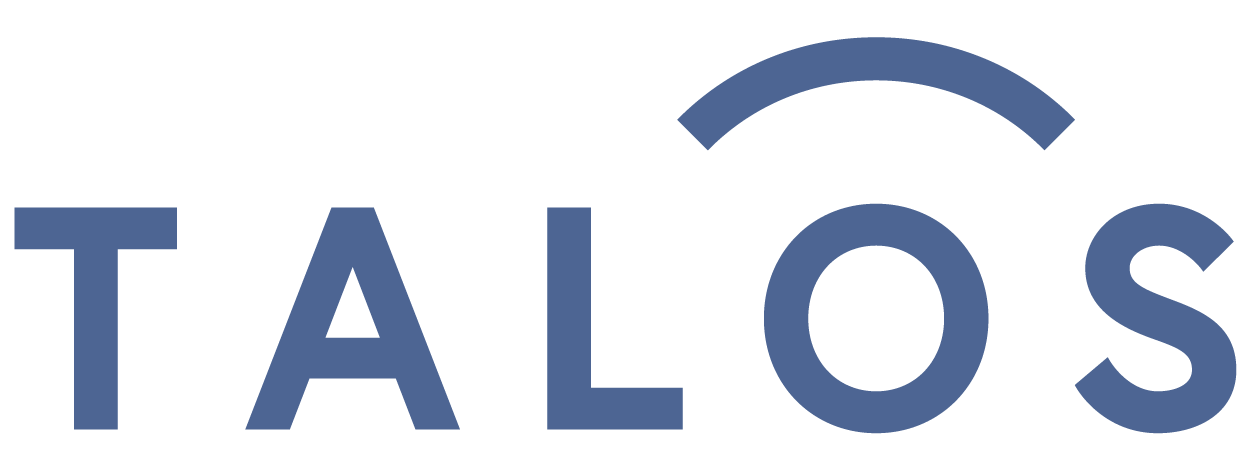
Resources
The following articles address three key topics in the establishment and growth of programs to improve the care of patients suffering from seizures. The questions include:
Who should be monitored?
When should monitoring be initiated to improve neurological outcomes?
How to address the practical workflow issues associated with more extensive monitoring?
Whom to test
Continuous EEG in a Pediatric Intensive Care Unit: Adherence to Monitoring Criteria and Barriers to Adequate Implementation
Neurocrit Care (Ghossein et al. 2021)
This article discusses the challenges faced when trying to conform to published guidelines for seizure monitoring of critically ill children. This team increased the percentage of at-risk children monitored from 23% to 83% through education of staff. The article frankly discusses other barriers to improved monitoring. It is notable that more than 50% of the EEG recordings changed the clinical care. Unfortunately, the group still had average delays to initiation of monitoring of more than 15 hours.
Electroencephalographic monitoring in the pediatric intensive care unit
Curr Neurol Neurosci Rep (Abend et al. 2013 and Sanchez et al. 2013)
These two articles are landmark consensus papers. It is demonstrated that seizures are not uncommon, are most frequently non-convulsive, concerns are raised regarding increasing evidence that seizures should be treated in order to decrease risk of brain injury, and continuous EEG monitoring is the diagnostic test of choice. The specific conditions that should be monitored are discussed and laid the foundation for the subsequent American Clinical Neurophysiology Society guidelines (Herman et al, 2015).
Consensus statement on continuous EEG in critically ill adults and children, part I: indications
J Clin Neurophysiol (Herman et al. 2015)
This article summarizes the joint guidelines from the American Clinical Neurophysiology Society and the Critical Care Continuous EEG Workforce Group applied to both critically ill children and adults. The guidelines are both concise and clear.
Clin Neurophysiol Pract. (Rossetti, Hirsch and Drislane 2019)
This is a debate format in which three academicians from Harvard, Yale and Switzerland discuss which seizures need to be treated in children. There was consensus that status epilepticus needs treatment and cannot be accurately recognized without monitoring, but the need for treatment of infrequent isolated seizures in infants is still not entirely resolved. There was surprisingly little disagreement on these points.
When to initiate monitoring
Epilepsia (Sanchez-Fernandez et al. 2017)
This study quantified the morbidity consequences of time delays in initiation of EEG monitoring. Early initiation (less than 1 hour delay for at-risk children) decreased the incidence of morbidity by more than 50%. The presence of status epilepticus and delays in monitoring initiation were independent determinants of the prevalence of neurological morbidity.
Workflow challenges
Adv Neonatal Care (Goswami et al. 2018)
One of the challenges to timely intervention is the process of making the decision to monitor, then waiting for an EEG technologist to attach electrodes, and then waiting for evaluation of the record. The delay can be as short as one hour or as long as several hours. This can place the child at greater risk for brain injury (e.g. status epilepticus). One way decrease the delay is to increase the team by including the ICU staff. This article presents a model in which the nursing staff place a recording cap immediately which can be replaced later, if desired. This study showed a significant decrease in clinical errors and resulted in much more rapid treatment when appropriate.
Sci Rep (Hinrichs, et al. 2021)
Placement of electrodes by standard methods is slow, uncomfortable, can cause skin abrasions and has an unpleasant odor. Recently a number of enterprises have developed improved “dry electrodes”. This article is one of several which demonstrates and quantifies acceptable recordings with these newer electrodes. This also makes application of electrodes faster, safer and able to be performed by nursing staff, if needed.
References:
Abend, N. S., et al. (2013). "Electroencephalographic monitoring in the pediatric intensive care unit." Curr Neurol Neurosci Rep 13(3): 330.
Ghossein, J., et al. (2021). "Continuous EEG in a Pediatric Intensive Care Unit: Adherence to Monitoring Criteria and Barriers to Adequate Implementation." Neurocrit Care 34(2): 519-528.
Goswami, I., et al. (2018). "Introduction of Continuous Video EEG Monitoring into 2 Different NICU Models by Training Neonatal Nurses." Adv Neonatal Care 18(4): 250-259.
Herman, S. T., et al. (2015). "Consensus statement on continuous EEG in critically ill adults and children, part I: indications." J Clin Neurophysiol 32(2): 87-95.
Hinrichs, H., et al. (2020). "Comparison between a wireless dry electrode EEG system with a conventional wired wet electrode EEG system for clinical applications." Sci Rep 10(1): 5218.
Rossetti, A.O., L.J. Hirsch, and F.W. Drislane, “Nonconvulsive seizures and nonconvulsive status epilepticus in the neuro ICU should or should not be treated aggressively: A debate.” Clin Neurophysiol Pract, 2019. 4: p. 170-177.
Sanchez Fernandez, I., et al. (2017). "Time to electroencephalography is independently associated with outcome in critically ill neonates and children." Epilepsia 58(3): 420-428.
Sanchez, S. M., et al. (2013). "Pediatric ICU EEG monitoring: current resources and practice in the United States and Canada." J Clin Neurophysiol 30(2): 156-160.
